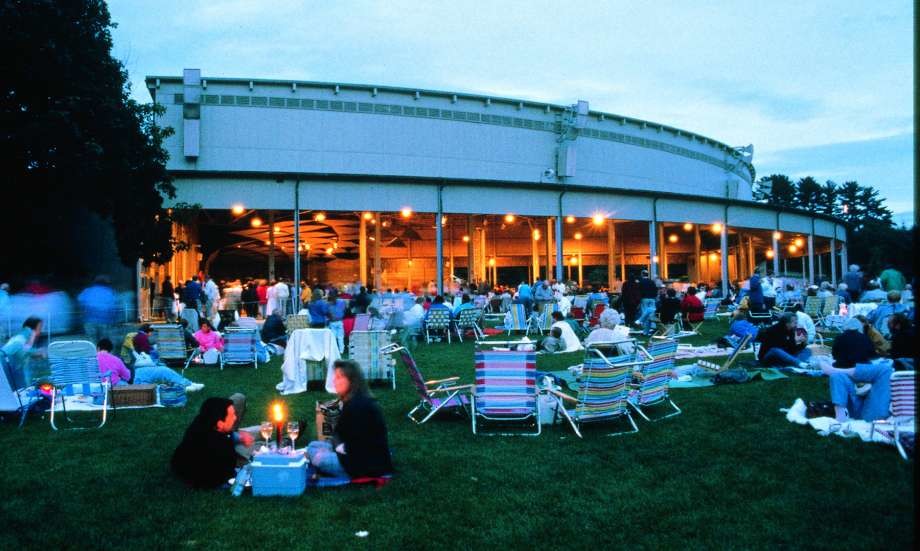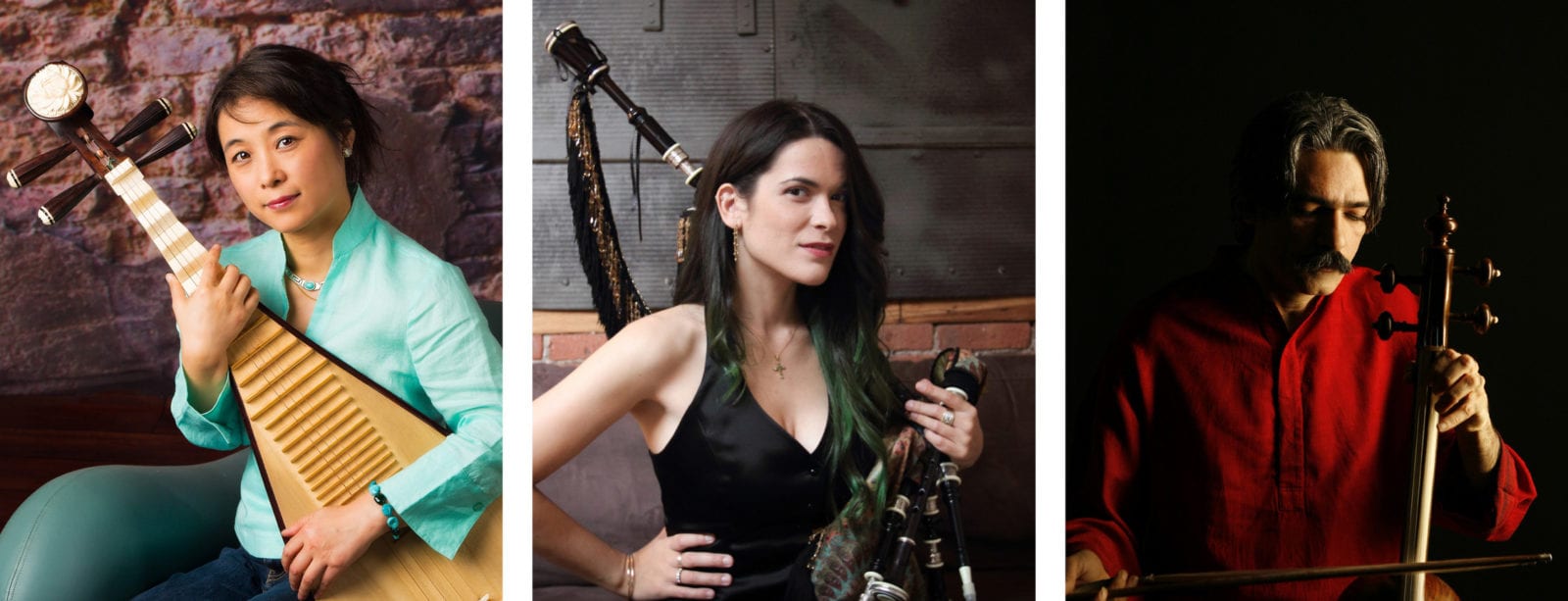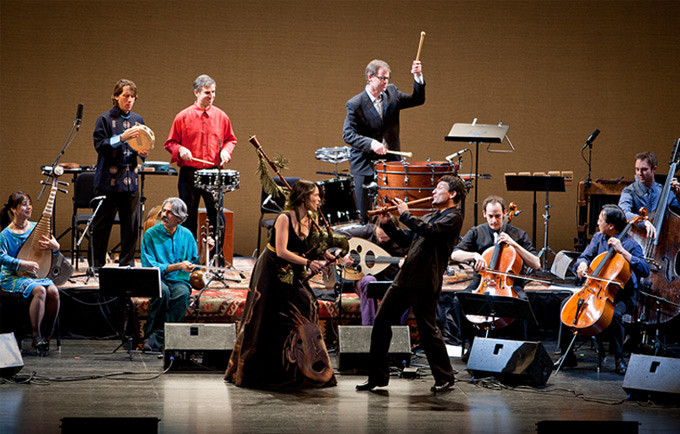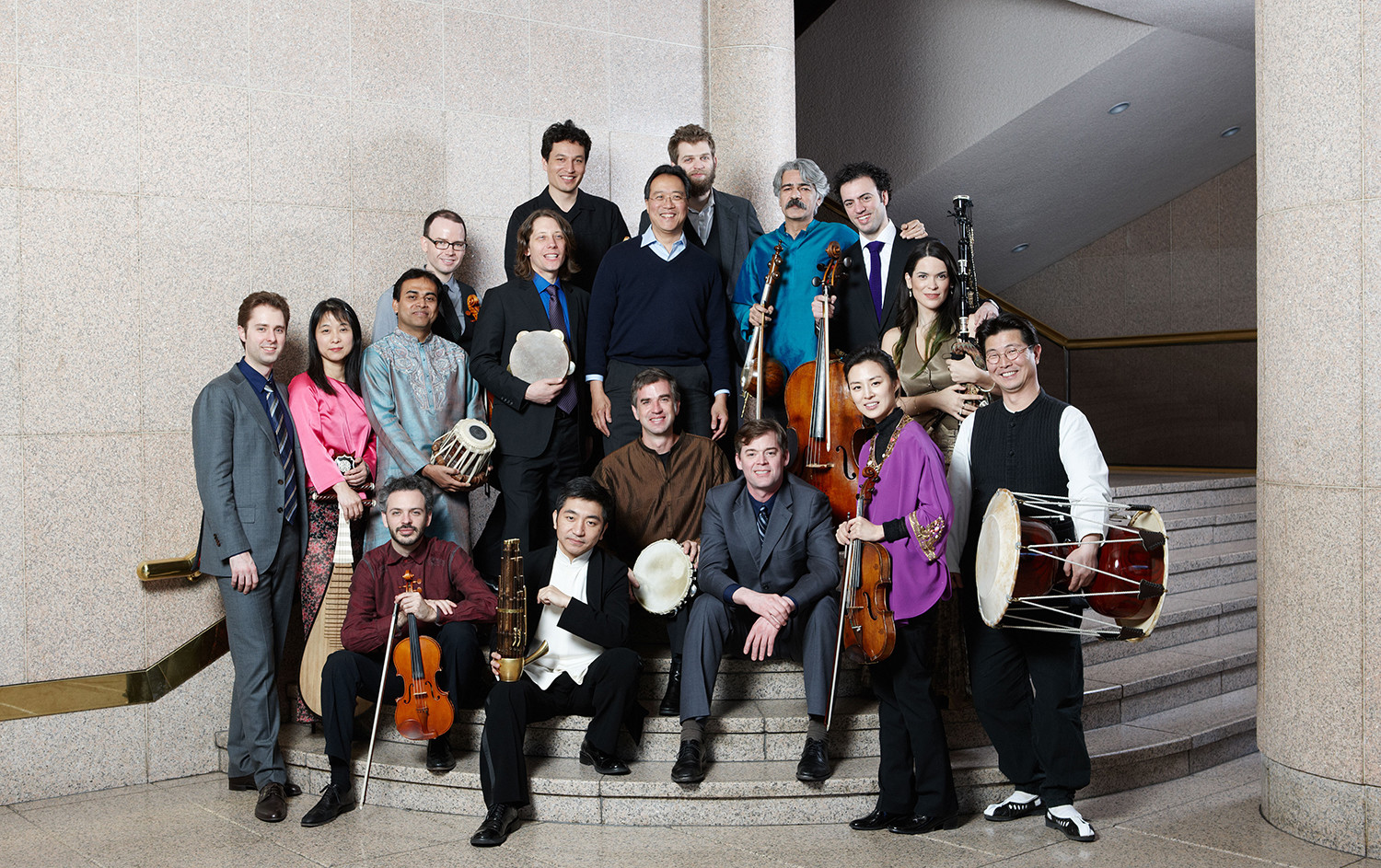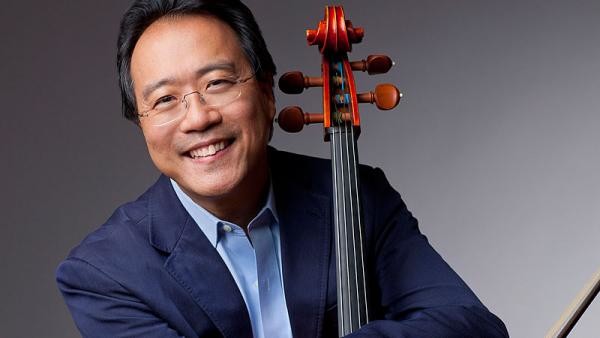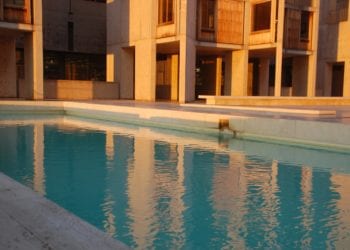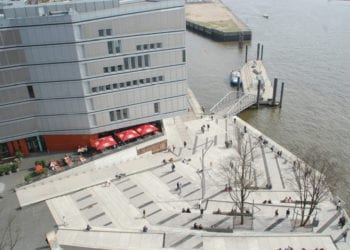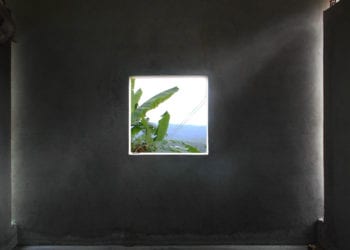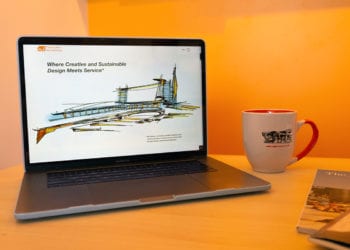Learning from The Silk Road Ensemble: On a perfect summer evening, we were enveloped in the multisensory delights of Tanglewood, a renowned musical venue in the Berkshires of western Massachusetts. Sitting on its famous lawn overlooking a lake and surrounding hills, we listened to music like no other. Yo-Yo Ma’s Silk Road Ensemble of international musicians created music from instruments of their native lands like no other that I had ever heard. They used instruments that were never designed to be played together, creating sounds both traditional and inventive.
I came away from this delightful evening asking myself what the Ensemble could teach us about creativity, invention, and generating new forms of expression and design both local and global.
More About The Ensemble: Founded by Yo-Yo Ma in 1998 as a rotating collective of musicians and composers from more than 20 nations, the Silk Road Ensemble plays a range of culturally autochthonous instruments, many not designed for an ensemble. But Ma symbolically threads this Eurasian combo along the historic Silk Road: Armenia, Azerbaijan, India, Iran, Kazakhstan, the Kyrgyz Republic, Tajikistan, China, etc.
Each instrument creates a timbre unique to the heritage of the nation from which its musician hails. The lute-like Chinese pipa, played by Wu Wan, dates back some 2,000 years. Christa Pato, from Galicia, Spain, plays the gaita (a kind of bagpipe) with gusto and verve. Kayhan Kalhor of Iran masterfully fills the concert space with his smallish string instrument (the kamancheh).
The Ensemble honors worldwide musical forms, styles and traditions while uniting them in new methods of innovative collaboration. Its members have composed more than 80 original pieces and produced six recordings. Most summers they perform for thousands of concertgoers worldwide. Theirs is the ultimate world music, representative of local places and cultures and transcendent of geographic and national boundaries, hence evocative of the commonality of our shared human experience. The Ensemble weaves a musical tapestry that defines new forms of creative expression and engagement, harnessing the power of the 21st century to unite peoples and their cultures.
Lessons on Creativity, Design, and Invention: What lessons can we learn from the Silk Road Ensemble? How can we fortify our creative powers to improve our designs while inventing new products, processes, and forms of expression?
1. Embrace international collaboration to stimulate our creativity. As inventive beings, our neural processes are stimulated when we encounter new people, ideas, places, or experiences that prompt us to rethink our personal paradigms, causing new ideas to emerge in new ways. Placing ourselves in situations and circumstances outside our comfort zones can help stimulate our creative endeavors, individually or collectively.
2. Engage different instruments and tools. Each Ensemble instrument differs greatly from the others in how it is made and played. Diverse instruments produce distinctive sounds through which their musicians express divergent ideas and emotions through their musical interpretations. Similarly, so many digital and analog instruments and tools are now at our disposal—so which do we use individually, and which in concert with others? And how might we develop previously unimagined creations by engaging fully with this wide range of instruments and tools?
3. Tap into a shared language. Despite the vast differences among the Ensemble’s instruments and their musical customs, they perform harmoniously, creating rich new forms of musical expression. Similarly, each design domain has its own original language operating within fixed laws. For instance, gravity is a force all engineers and architects must face; painters manipulate existing light and color; economists value established currency. So how can we embrace such shared languages within our professional spheres across international and interdisciplinary borders to generate new ideas, solutions and forms of expression based on shared parlances and platforms?
4. Embracing creative accidents and chance. The creative and collaborative process is not linear, especially when engaging with different kinds of people, instruments, and tools. This can generate many false starts and failures. Yet these mistakes or chance encounters can spark new ideas and solutions, if we embrace them when applicable.
A Model for the 21st Century Collaboration: The Silk Road Ensemble’s multicultural collaboration model is a useful paradigm for how we can work as citizens of the world in the 21st century in which globalization is increasingly feared. Their music shows us how the richness of localized traditions can be celebrated and amplified in concert, reminding us that we are individuals connected to our own traditions and communities yet bonded by the shared universality of the human experience. This offers us extraordinary opportunities for innovative engagement while developing new human forms of creative expression.
Epilogue: Inspiring Comments from Yo-Yo Ma
The power of Yo-Yo Ma’s Silk Road Ensemble goes beyond simply making music. It represents an inspiring view of how we can live our lives, as Ma noted in an interview about the Ensemble: “Living a life of openness is more wonderful,” as in “a life filled with wonder.” This allows us to “value differences, as well as celebrate commonality.” Furthermore, when driven by our “passion” we are made “more generous, curious, compassionate and creative.” This lets us strive for a “deeper understanding” of the world “so that cultures can thrive.”
For more information on the Silk Road Ensemble, Tanglewood, and Toronto Music Garden, please visit the following sites:
- Silk Road Ensemble
- The Music of Strangers—Yo-Yo Ma and the Silk Road Ensemble (film)
- YouTube performance
Tanglewood:
Toronto Peace Garden by Julie Moir Messervy, with Yo-Yo Ma performing:
Image Credits:

